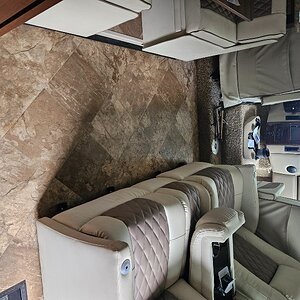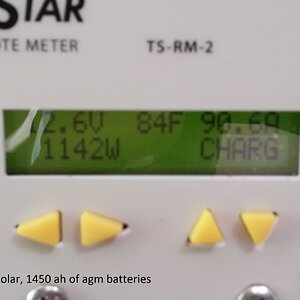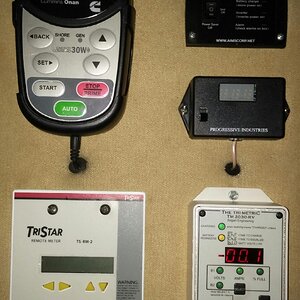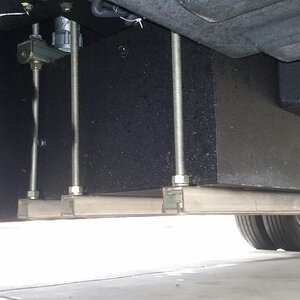Digger Dawg
RVF Regular
- Joined
- Oct 11, 2024
- Messages
- 32
- RV Year
- 1992
- RV Make
- Dodge Ram 350
- RV Model
- Roadtrek 190 versatile
- RV Length
- 18'9"
- Chassis
- Dodge B350 Maxivan 1-ton
- Engine
- 6.2L/318 CID EFI gas V8
OK, I finally found the remains of a probable fuse housing and a similar 6 ga red wire with an identical rusted bolt on it. It runs back under the RT and I'm thinking that it goes to the coach/house battery. Can someone confirm for me my assumptions (yeah, I know) on how the isolator is wired?
A1 - from the Alternator
B1 - to the vehicle Starting Battery
B2 - to the Coach/House Battery
Also, does this need to be connected for the alternator to charge the batteries? I ask because my brand new Starting Battery now needs charging. Lastly, what size fuses should I use? 150Amp? I believe the alternator on this is 120 or 130 Amps.
A1 - from the Alternator
B1 - to the vehicle Starting Battery
B2 - to the Coach/House Battery
Also, does this need to be connected for the alternator to charge the batteries? I ask because my brand new Starting Battery now needs charging. Lastly, what size fuses should I use? 150Amp? I believe the alternator on this is 120 or 130 Amps.












